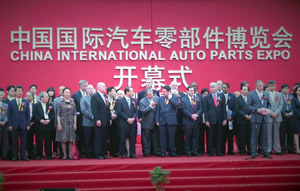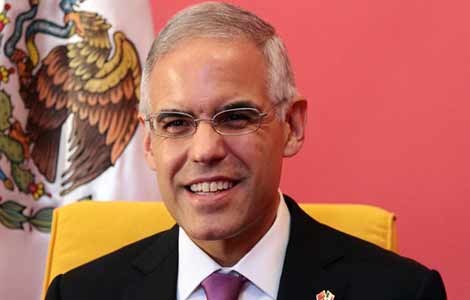In the best possible taste?
Updated: 2013-09-21 01:22
By Lin Qi (China Daily)
|
||||||||
As the nation experiences an explosion of public art amid rapid urbanization, questions concerning controversy and the public good arise.
Whether you think it's creative or not, Florentijn Hofman's Rubber Duck proves that a common object such as a child's bath-time friend can inspire the birth of a public art work, winning popularity and arousing commercial interest.
 |
|
|
The craze for the giant bird has spread from Hong Kong to Beijing, and is further fueled by massive copies. When Hofman's original work debuted in Beijing's Garden Expo Park, another yellow rubber duck, dressed in a green waistcoat and followed by seven green eggs in a line, was unveiled on the lake at Beijing's Yuyuantan Park.
Beyond the interest in the giant duck, one can see a growing appetite for public art, which is backed by a growing number of urbanities on the mainland.
Recent years have witnessed an eruption of landmarks of city culture, mostly in the form of gigantic sculptures. Yet few of them are pleasant to look at, or at the least bring the simple joy the yellow bird has conveyed to its viewers.
A century ago, only 10 percent of the world's population lived in cities. The ratio grew to 50 percent by the end of the 20th century. Amid a global wave of rapid urbanization, China has ascended to the rank of countries that boast the fastest-expanding urban communities.
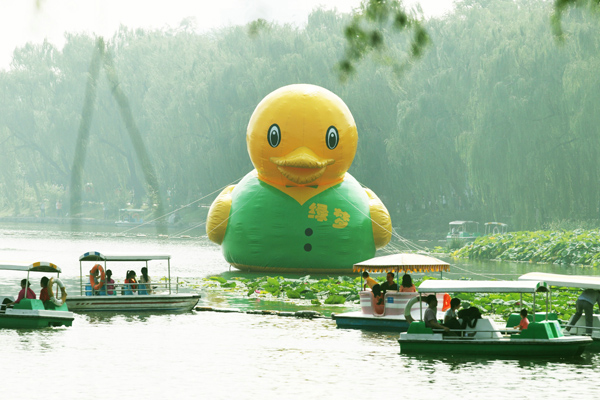 |
|
A copy of Florentijn Hofman's Rubber Duck on the lake in Beijing's Yuyuantan Park.Lei Kesi /for China Daily |
Official figures show that in 1980, when China was in the infancy of reform and opening-up, the urbanization rate was a mere 19 percent. It surpassed 52.6 percent last year, which marked a historic change in the urban and rural structure, with city dwellers outnumbering their rural counterparts for the first time.
"The urbanization rates of developed countries are generally above 80 percent. This means that China has great potential in urban expansion," Zhu Di, deputy director of the arts department under the Ministry of Culture, said at a public art forum in Fujian province in June.
During the urbanization process, a dynamic city culture is taking shape at a rapid speed, he said.
"The rapid pace of urbanization in China has created extensive space for the evolution of public art. In return, public art has arisen to promote cities' cultural diversity. It breathes the air of transformation into traditional cultures, and adds new elements to the urban art landscape."
Meanwhile, public art has been entrusted with major social responsibilities. For instance, it helps build a city's image, and it reflects a city's soft power. And playing such an important role, it has inevitably aroused skepticism when it fails to satisfy city dwellers.
"It used to be a core function of public art to educate and worship heroes, which therefore produced a great deal of monuments and memorial sculptures," said Yin Shuangxi, a professor at the Central Academy of Fine Arts.
Identity: Expert calls for art to reflect people's needs
"The practice won vigorous governmental support in many countries, regardless of the social system. But it has been on the decline in recent years."
He added that public art also improves an urban space's appearance by underlining the creator's personal views on beauty; but neither of these two types of public art conducts a deeper interaction with residents' daily life.
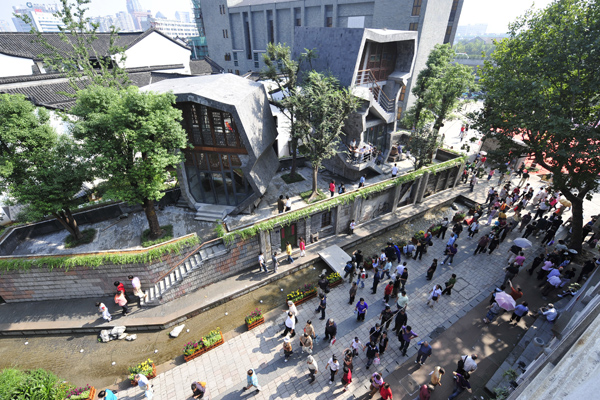 |
|
The Nine Walls project in Hangzhou has been considered a good example of how public art can connect the past and present of a city.Li Zhong / For China Daily |
He said that a recent important trend in public art worldwide is to associate itself closely with the public's true needs. It's no longer a pure concept of fine arts that merely meets the tastes of a small elite, he said.
In China, public art is particularly a social issue more than a matter of aesthetics. "We don't lack money or creativity, although we need a sense of what public art means and more openness in the decision-making process," Yin said.
One criticism is that cities are producing extravagant yet identical works. Du Dakai, who heads the public art department under the China National Academy of Chinese Painting, said a main reason why many Chinese cities look so similar is due to a lack of respect for the distinct "ecology" of each one.
He said that this not only relates to a city's natural environment and geography, but also its history, fashion and customs, as well as the character of its people.
"Cities forge a distinct identity in this way, and this decides the direction they will take in terms of urban planning and development. Hence, public art should also adjust itself to a city's unique characteristics," he said.
"I believe an extraordinary work should be suited to one city specifically, sometimes even to certain characteristics of the city."
Visitors to a public art project entitled Nine Walls in Hangzhou, Zhejiang province, will find it a vivid example of how public art can connect the past and present of a city.
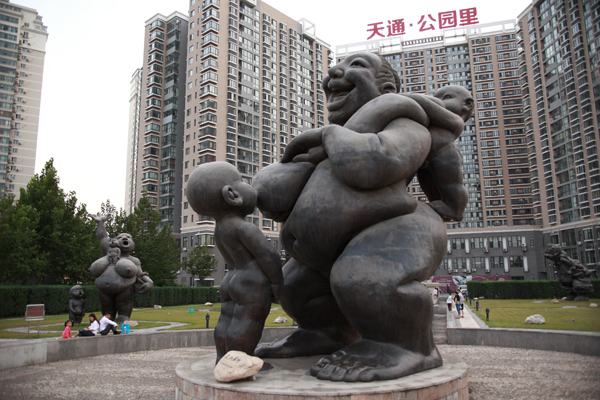 |
|
One of the controversial large statues in Beijing's Tiantongyuan residential area.Kuang Linhua /for China Daily |
In 2010, Yang Qirui, head of the college of public art of the China Academy of Art, and his team built nine walls as part of the renovation of the Southern Song Dynasty (1127-1279) Imperial Street. They embedded each wall with used household appliances, such as bicycles, a staircase and kettles, which they collected from the street's former residents.
It took Yang around two years to conceive the works. He said each wall samples a section of the street's past life, and they tell stories about the ordinary people of this city. The walls have not only become a popular spot for taking photos, but also a popular way for former residents to take a trip down memory lane.
"Many things have been demolished before people even realize their value and take a closer look at them. We found and gathered these old objects, because we want to preserve the life pattern that matters to a lot of people," he said.
"Public art is above all about sharing one's personal joy with others."
Transparency is another problem that needs to be tackled. Ordinary residents find their voices are barely heard when it comes to the production and placement of public art, compared to those of local administrators and from business.
When a dozen large statues were placed in a park in Beijing's Tiantongyuan residential area five years ago, their naked appearance created a storm among residents. Some sensed a deep affection for life conveyed by these sculptures, while others considered them rather embarrassing and even vulgar.
Yu Qingcheng, a clay sculpture artist, created the works on the order of the compound's developer. He said he gave them exaggerated characteristics to underline the subject of love between parents and children.
Property management staff told reporters that they installed the sculptures upon the developer's request. They didn't ask the residents in advance, because it would be difficult to suit everyone's tastes.
Anyhow, what is a good art work to some people may offend others. Researchers of urban sculpture art suggest that public art should suit its surroundings, and the decision-making should involve ordinary residents, who are the primary beneficiary.
Yin the art professor said public art will become diversified in many aspects including investment channels, art forms and functions.
"Besides works at government-sponsored and commercial venues, there are projects that cater to a particular time, space and architecture. Not only artists and art students, but also local residents are involved in the creative process," he said.
He added that the expenses also come from various sources through government purchases, commercial bidding and funds raised by artists and residents. "In one word, public art will contribute to social equity and harmony, as long as it is based on people-oriented values."
Zhu from the Ministry of Culture said the first national public art exhibition is being planned. It will complement a government-sponsored visual art exhibition system, which now includes a national fine arts exhibition and the China Design Exhibition.
He said the exhibition will not only boost public art creation, but also discuss how to establish a transparent public art management mechanism.

 Islamists claim gun attack on Nairobi mall, 39 dead
Islamists claim gun attack on Nairobi mall, 39 dead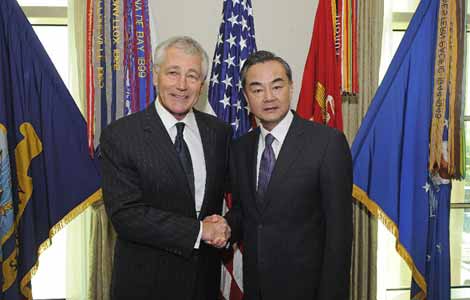
 China, US applaud improvement of military ties
China, US applaud improvement of military ties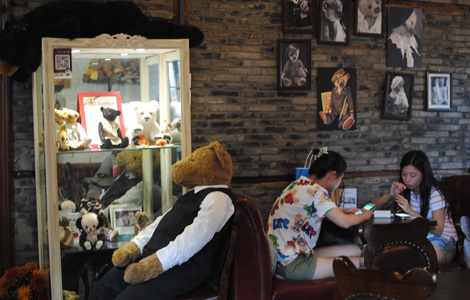
 Two family-style eateries are where animals roam
Two family-style eateries are where animals roam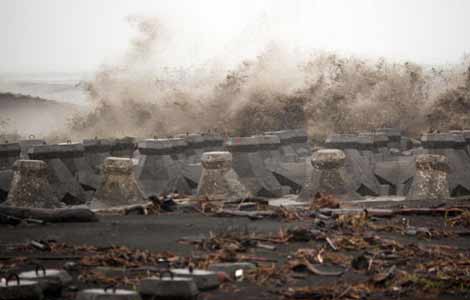
 China braces for super typhoon Usagi
China braces for super typhoon Usagi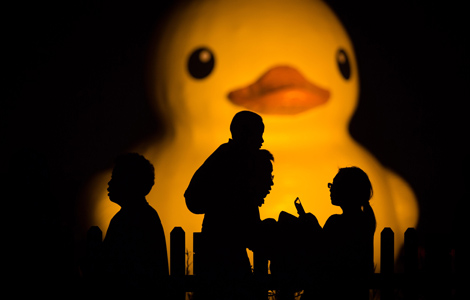
 In the best possible taste?
In the best possible taste?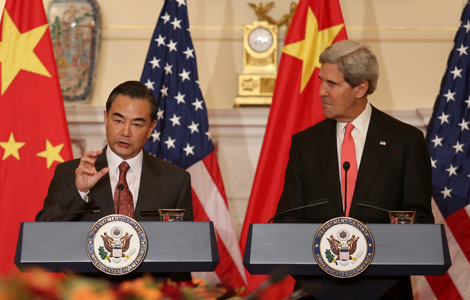
 Action pledged for new type of Sino-US ties
Action pledged for new type of Sino-US ties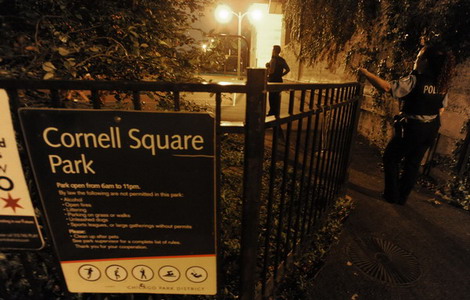
 13 injured in Chicago park shooting
13 injured in Chicago park shooting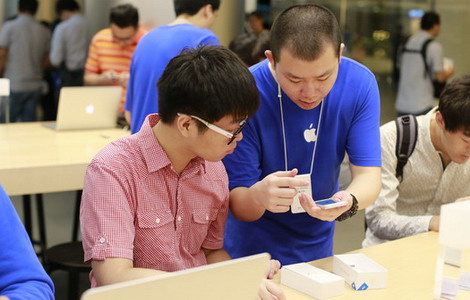
 iPhone 5s, iPhone 5c hit Chinese market
iPhone 5s, iPhone 5c hit Chinese market
Most Viewed
Editor's Picks
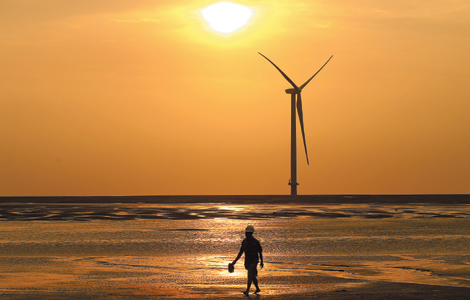
|

|

|

|

|

|
Today's Top News
China braces for super typhoon Usagi
Explosive criminal cases drop in China
New Sino-US ties sought
Trending news across China
Bo Xilai verdict to be announced
Islamists claim gun attack in Nairobi
China sees drop in donations
Charges against Saudi princess in US dismissed
US Weekly

|

|
